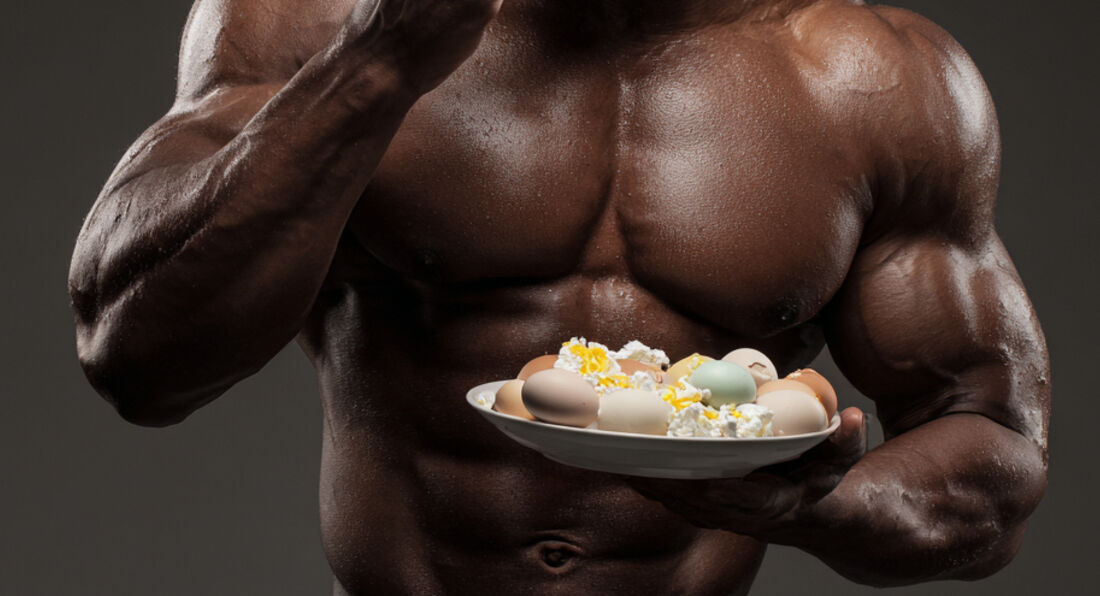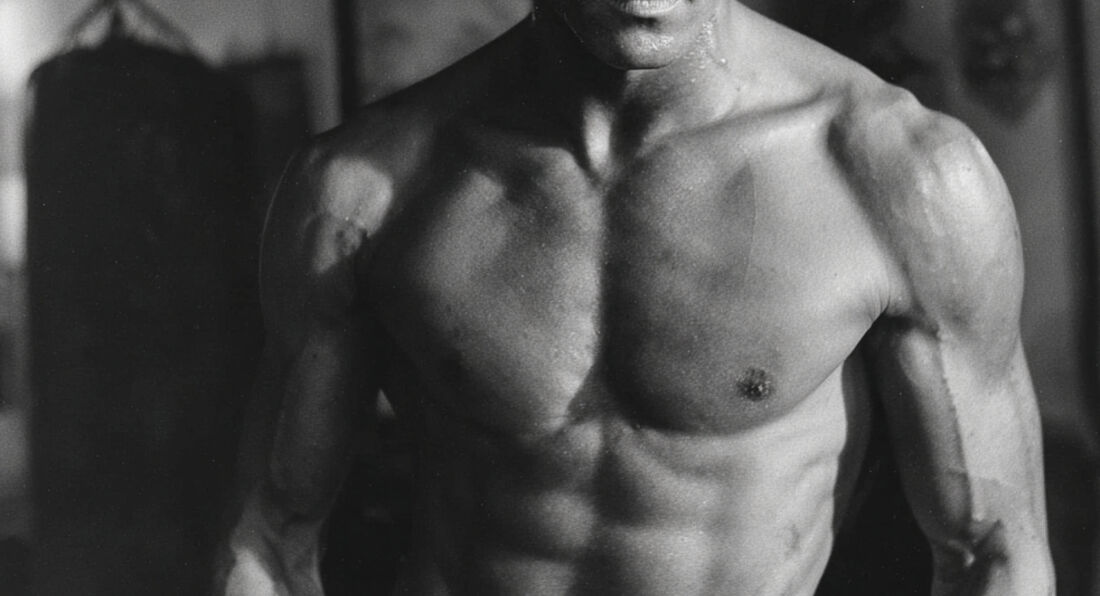The Knowledge > How To Build Muscle >
Wednesday, 29th October 2025
10 of the Best Bodybuilding Systems Since the 1970s
By LA Muscle on 29.10.2025 06:46 pm
Since the 1970s, bodybuilding has evolved through a range of distinct systems — from the high-volume golden era to ultra-intense minimalist approaches. Below is a full comparison of ten of the most influential systems, how they work, their weekly structure, benefits, and trade-offs.
1) Golden-Era Weider High-Volume System (1970s)
Concept:
The classic approach used by Arnold Schwarzenegger, Frank Zane, and Franco Columbu. The idea was to attack each muscle with multiple angles and high weekly volume, using Weider principles like supersets, drop sets, and instinctive training.
How it works:
-
Split: 5–6 days per week
-
Volume: 16–30+ hard sets per muscle weekly
-
Reps: 8–15, plus higher-rep pump sets (15–25)
-
Progression: Add reps first, then small increases in weight
Sample split:
-
Push: Bench, incline, flyes, lateral raises, triceps work
-
Pull: Chins, rows, rear delts, curls
-
Legs: Squats, leg press, RDLs, extensions, calves
Pros: Great muscle detail and shape, constant pump, aesthetic physique.
Cons: Time-consuming and overtraining risk for natural athletes.
2) Heavy Duty (Mike Mentzer, late 70s–80s)
Concept:
Low-volume, ultra-high-intensity training. Just one or two all-out sets to failure per exercise, performed slowly and under control. Mentzer argued this was more logical and scientific.
How it works:
-
Split: 2–4 days per week
-
Volume: 4–8 hard sets per muscle weekly
-
Progression: Add a rep or small weight whenever possible
Sample split:
-
Chest/Back, then Legs, then Shoulders/Arms
Each exercise: 1–2 sets to failure, using rest-pause or negatives.
Pros: Short workouts, measurable progress, deep recovery.
Cons: Mentally and physically draining, narrow exercise selection, not for beginners.
3) Dorian Yates’ Blood & Guts (1990s)
Concept:
A refined version of Heavy Duty. Slightly more warm-up and ramping sets, then one top working set to failure using controlled negatives and perfect form.
How it works:
-
Split: 4 days per week
-
Volume: Low-moderate (6–10 total hard sets per muscle)
-
Progression: Beat the logbook with small increments
Sample week:
Back; Chest/Delts; Legs; Arms — one all-out set per exercise after ramp-up sets.
Pros: Efficient, proven to build dense mass, great intensity focus.
Cons: Very demanding on joints; small error in form can cause injury.
4) German Volume Training (Charles Poliquin)
Concept:
Ten sets of ten reps on one compound movement to force the body to adapt to extreme workload and create hypertrophy via metabolic stress.
How it works:
-
Split: 3 days per week alternating A/B workouts
-
Volume: Very high on main lifts, minimal accessory work
-
Progression: Add load once you hit 10x10 at a given weight
Sample:
A: 10x10 squats, then hamstrings/calves
B: 10x10 bench press, then rows/arms
Pros: Simple, brutally effective for short-term size gains.
Cons: Monotonous, not sustainable long-term, recovery challenging.
5) Hypertrophy-Specific Training (HST)
Concept:
Based on muscle physiology research. Stimulate growth through frequency and progressive tension rather than fatigue. Each muscle trained every 48 hours with planned load progression.
How it works:
-
Split: Full-body 3x per week
-
Volume: Moderate
-
Progression: Pre-set increases in load every session
-
Cycle: 6–8 weeks with 15, 10, then 5 rep blocks
Pros: Scientifically grounded, efficient, predictable progress.
Cons: Less “pump” feeling, requires strict tracking.
6) Doggcrapp (DC) Training (Dante Trudel)
Concept:
Low volume, rest-pause top sets, extreme stretching, and rotating exercises for maximum progression. Focused on beating the logbook and recovering deeply.
How it works:
-
Split: 3 days per week, rotating two workouts (A/B)
-
Exercises: 3 per body part, rotated every session
-
Intensity: 11–15 reps rest-pause for presses/rows, straight sets for legs
Sample:
Mon: Chest, shoulders, triceps, back width, back thickness
Wed: Biceps, forearms, calves, hams, quads
Fri: Repeat A2 list with new exercise variations
Pros: Tremendous strength and size gains, structured intensity.
Cons: Demands perfect recovery and discipline; not for beginners.
7) Push–Pull–Legs Periodised Systems (2000s onward)
Concept:
Modernised PPL routines combine the balance of frequency (2x per week per muscle) with planned variation in load and volume for ongoing progression.
How it works:
-
Split: Push, Pull, Legs repeated twice weekly (6 days)
-
Volume: Moderate-high
-
Progression: Linear or undulating (heavy–light alternation)
Pros: Balanced recovery, scalable, suits both natural and enhanced lifters.
Cons: Requires good nutrition and sleep; easy to slip into junk volume.
8) PHAT – Power Hypertrophy Adaptive Training (Layne Norton)
Concept:
Blends powerlifting-style heavy training with bodybuilding hypertrophy sessions. Develops both strength and size.
How it works:
-
Split: 5 days/week (Upper Power, Lower Power, 3 Hypertrophy Days)
-
Volume: Moderate-high
-
Progression: Periodised strength increases + pump work later in the week
Sample week:
Mon: Upper Power
Tue: Lower Power
Thu–Sat: Upper and Lower Hypertrophy
Pros: Combines the best of strength and size systems, good for naturals.
Cons: Demanding, recovery can be an issue for older lifters.
9) Mountain Dog Training (John Meadows)
Concept:
Advanced, structured variation with focus on safe intensity techniques (stretch overload, bands, partials), pump work, and strategic deloading.
How it works:
-
Split: 4–5 days/week, body-part split
-
Volume: Moderate to high
-
Progression: Focus on quality contractions, progressive tension and pump
Sample:
Chest/triceps, Back, Legs, Shoulders/Arms, optional pump day.
Pros: Balanced, joint-friendly, visually focused physique development.
Cons: Requires equipment variety and experience to execute correctly.
10) Fortitude Training (Scott Stevenson)
Concept:
Hybrid of DC, HST, and Mountain Dog. Combines frequency, high and low rep tiers, and “muscle rounds” (cluster sets) with controlled volume waves.
How it works:
-
Split: 3–4 days/week, upper/lower rotation
-
Intensity: Alternates between pump work, heavy sets, and muscle rounds
-
Periodisation: Phases of progressive overload followed by deload
Pros: Scientific and balanced, ideal for advanced lifters seeking longevity.
Cons: Complex to plan; not for beginners.





























